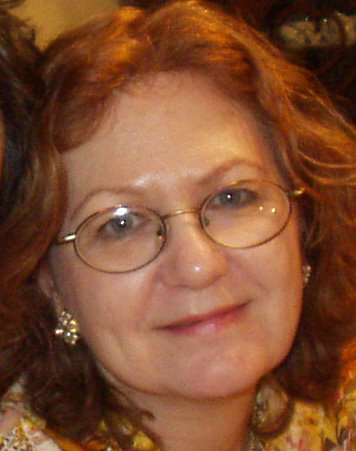Posterville
 I had to go to Boston today to attend the annual meeting of the American Academy of Cerebral Palsy and Developmental Medicine. The publisher of the monograph I'm working on had an exhibit there and had requested that I attend. For me, the event was just a bit of meet-and-greet, and a chance to learn something about cerebral palsy, about which I currently know next to nothing. Well, I know that it's not a disease but a disability: the result of an episode that causes a lack of oxygen to the brain and resultant damage. Cerebral = "of the brain" and palsy = "lack of muscle control."
I had to go to Boston today to attend the annual meeting of the American Academy of Cerebral Palsy and Developmental Medicine. The publisher of the monograph I'm working on had an exhibit there and had requested that I attend. For me, the event was just a bit of meet-and-greet, and a chance to learn something about cerebral palsy, about which I currently know next to nothing. Well, I know that it's not a disease but a disability: the result of an episode that causes a lack of oxygen to the brain and resultant damage. Cerebral = "of the brain" and palsy = "lack of muscle control."The monograph I'm authoring is on hyperbaric oxygen therapy, used but not approved at this point for treatment of CP.
I met the group manning the exhibit, people I may have occasion to work with in the future as I develop a relationship with this publisher. Then I wandered around for the rest of the day, looking for anything which would help me understand the connection between HBOT and CP. Which wasn't that easy, because the exhibits, posters, and sessions were mostly highly specialized and technical, many directed at physical therapists. I stared at flexible orthotics for plantarflexion control, drop foot splints, thera-suits, wheelchairs operated with "sip and puff" lip switches. I studied posters detailing statistical studies of topics like "Assessment of Lower Extremity Selective Motor Control in Spastic Cerebral Palsy" and "The Use of Botox Injections to the Upper Extremity in the Treatment of Children With Cerebral Palsy.” I asked dumb questions of doctors, researchers and physical therapists, many of whom were from outside of the U.S.
A few of the poster exhibits were sociological in nature, showing the results of surveys taken of MD (motor disabled) and NMD (non-motor disabled) subjects. Educational levels and transitioning to independent living were a couple of the areas examined. In one study, adults with CP were asked to recall positive experiences with health care providers. In another, groups of MD and NMD teenagers were asked to define terms like success, happiness, and independence.
What researchers found, over and over again, was that there's not a heck of a lot of difference between disabled and non-disabled people in most areas. Happiness and success for everybody is achieving the goals you set for yourself, whatever they happen to be, and being surounded by people who love and support you. Independence is being able to make decisions for yourself, even if it's just having a motorized wheelchair so you can be the one to decide when you look out of the window or when you come inside.
The biggest difference I noted, mentioned also in most of the researchers' conclusions, was that people with disabilities put more emphasis on finding useful work. This emphasis reflects their frustration with obtaining it, of course.
On the scale of needs, physiological needs are the most basic. Breathing and eliminating wastes are even more urgent than water and food, which are in turn more urgent than safety and security, which are more urgent than love and belonging, and so on. Caregivers of the severely disabled are often so focused on providing the very basic needs--making sure a child keeps breathing through the night, or a shunt doesn't fail--that they never get to the point of helping the person reach the higher goals of self-actualization.
For those who don't work closely with the disabled, it's even more difficult to understand that a non-verbal individual, limbs contorted by spasticity, is feeling pretty much what everyone else is feeling. Not just "help me," but "how can I help you?"

